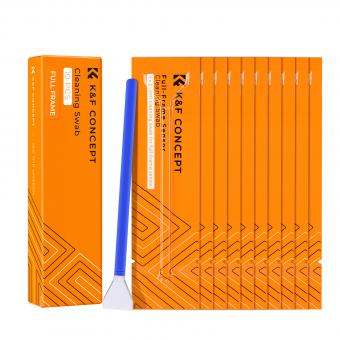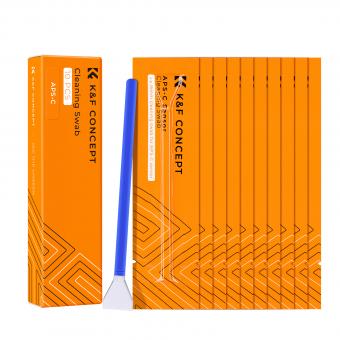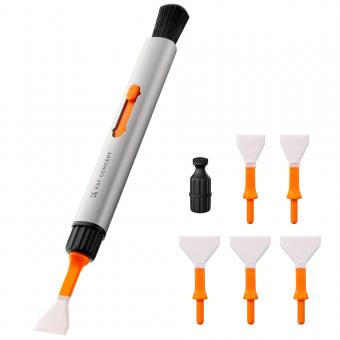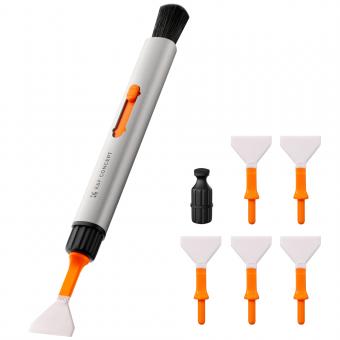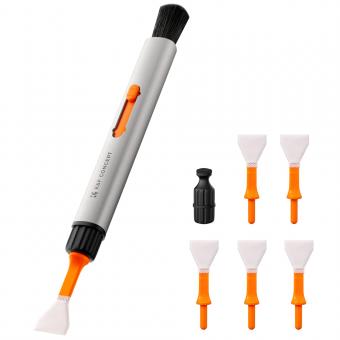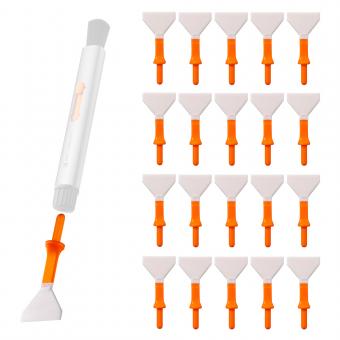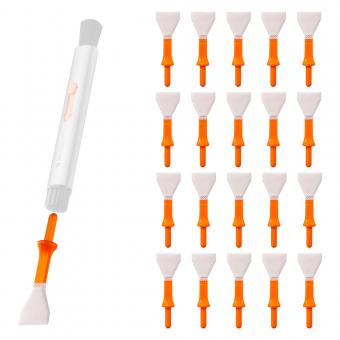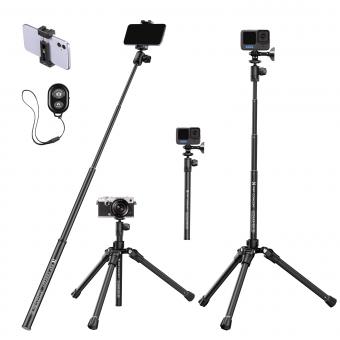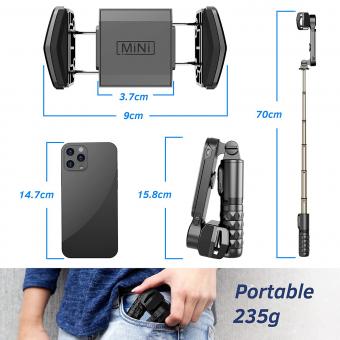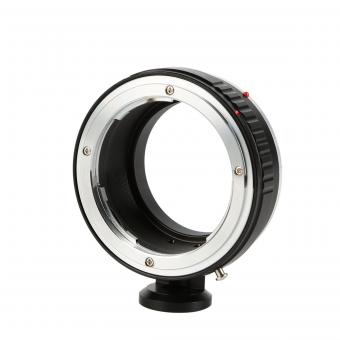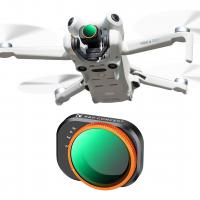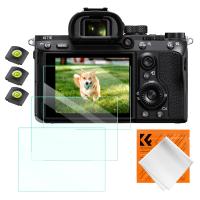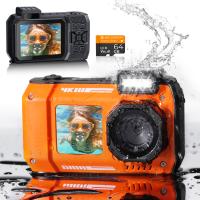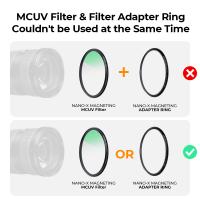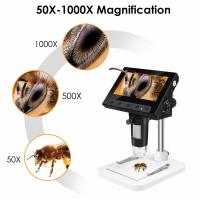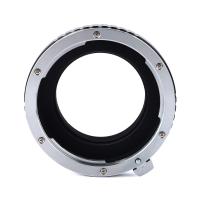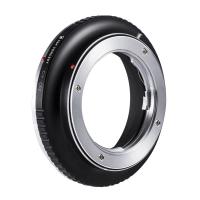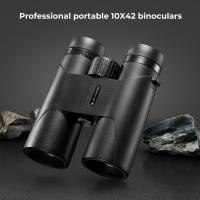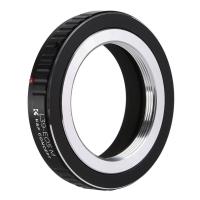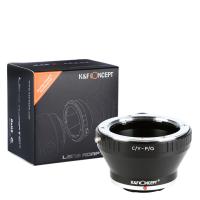How To Use A Camera Stick ?
To use a camera stick, also known as a selfie stick, follow these steps:
1. Extend the stick: Start by extending the stick to its full length. Most camera sticks have telescopic handles that can be adjusted to the desired length.
2. Attach your camera: Depending on the type of camera stick you have, there may be a mount or clamp to hold your camera securely. Attach your camera to the mount, ensuring it is tightly secured.
3. Connect your camera: If your camera stick has a built-in remote control, connect it to your camera via Bluetooth or a cable. This will allow you to control the camera shutter remotely.
4. Adjust the angle: Position your camera at the desired angle by tilting or rotating the stick. Make sure the camera is facing the right direction and capturing the frame you want.
5. Take photos or videos: Once your camera is set up, you can start taking photos or recording videos. Use the remote control or the camera's self-timer function to capture the shots.
6. Be mindful of surroundings: When using a camera stick, be aware of your surroundings and considerate of others. Avoid obstructing people's view or causing any inconvenience.
Remember to check your camera stick's user manual for specific instructions and safety guidelines.
1、 Adjusting the camera angle and height for optimal shots
To use a camera stick effectively, it is important to understand how to adjust the camera angle and height for optimal shots. The camera stick, also known as a selfie stick or monopod, is a versatile tool that allows you to capture unique perspectives and wider angles in your photographs or videos.
Firstly, ensure that your camera is securely attached to the camera stick. Most camera sticks have a universal mount that can accommodate various camera models. Once your camera is attached, extend the stick to your desired height. This will depend on the type of shot you want to capture. For example, if you are taking a selfie, you may want to extend the stick to a shorter length, whereas for capturing a scenic landscape, a longer extension may be necessary.
Next, adjust the camera angle. Most camera sticks have a swivel head that allows you to tilt and rotate the camera. Experiment with different angles to find the one that best suits your subject or scene. For example, if you are capturing a group photo, tilting the camera slightly upwards can help include everyone in the frame.
It is also important to consider the latest point of view when using a camera stick. With the advancements in technology, some camera sticks now come with Bluetooth connectivity and remote controls. This allows you to control the camera wirelessly, providing even more flexibility in capturing shots from different angles and distances.
In conclusion, using a camera stick involves adjusting the camera angle and height for optimal shots. By experimenting with different angles and considering the latest features, you can capture unique and creative photographs or videos. So, grab your camera stick and start exploring the world of photography from a whole new perspective.
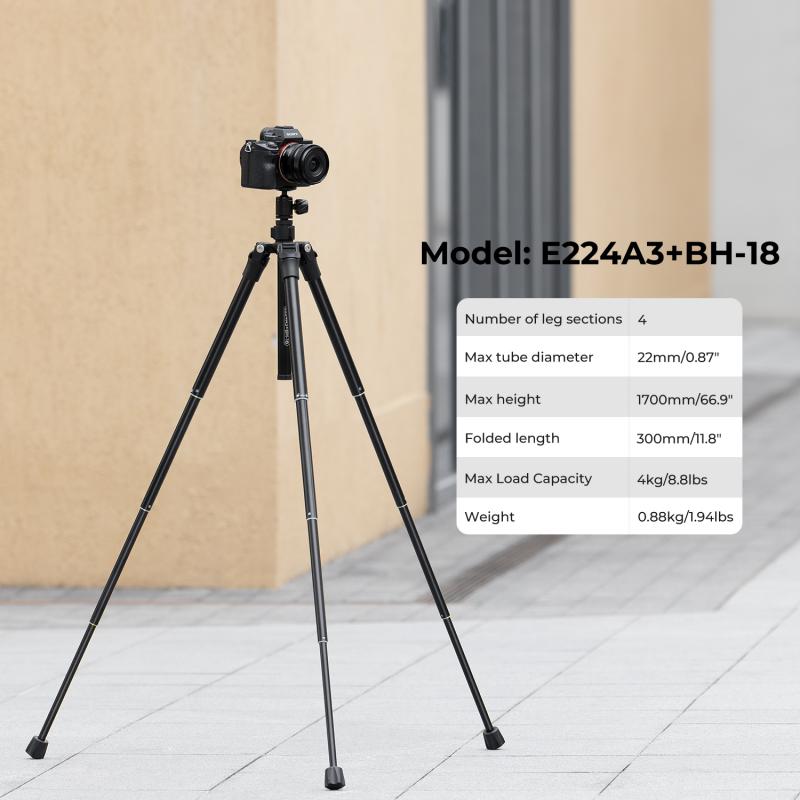
2、 Securing the camera stick to prevent accidental drops
Securing the camera stick to prevent accidental drops is an essential step in ensuring the safety of your camera and capturing stable and high-quality shots. Here's a guide on how to properly secure your camera stick:
1. Choose a reliable camera stick: Invest in a camera stick that is sturdy and durable. Look for features like a secure grip, adjustable locks, and a strong build to ensure stability.
2. Attach the camera securely: Most camera sticks come with a mount or a screw attachment. Make sure to attach your camera tightly to the stick, ensuring it is properly aligned and locked in place. Double-check the tightness of the attachment to avoid any accidental slips.
3. Use a safety strap: Many camera sticks come with a safety strap or wristband. Attach it securely to your wrist or arm to prevent accidental drops. This provides an extra layer of protection, especially when shooting in challenging conditions or crowded areas.
4. Adjust the stick's length and locks: If your camera stick is extendable, adjust the length according to your needs. Ensure that the locks are properly engaged to prevent any unexpected collapses while in use.
5. Be mindful of your surroundings: When using a camera stick, be aware of your surroundings to avoid collisions or accidental bumps. Pay attention to people, objects, or obstacles that may cause you to lose balance or drop the camera stick.
6. Regularly check for wear and tear: Over time, camera sticks may experience wear and tear. Inspect your camera stick regularly for any signs of damage or loose parts. Replace any worn-out components to maintain the stick's stability and prevent accidents.
Remember, securing your camera stick is crucial for the safety of your camera and the quality of your shots. By following these steps and staying vigilant, you can enjoy a worry-free photography experience.
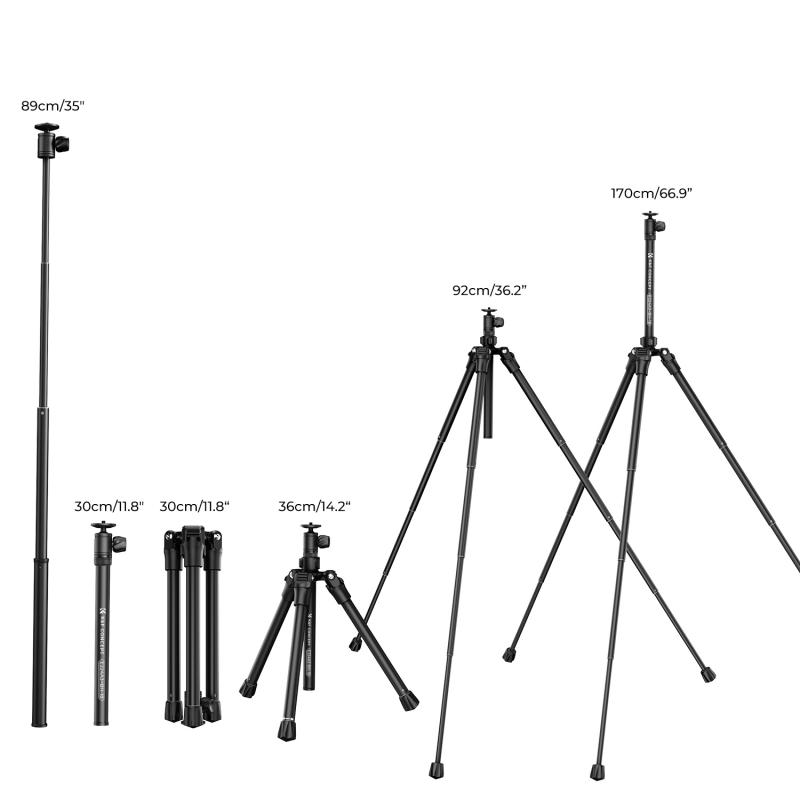
3、 Using the camera stick as a stabilizer for smoother footage
Using a camera stick, also known as a selfie stick or monopod, can greatly enhance your photography and videography experience. These handy tools allow you to extend the reach of your camera, capture unique angles, and stabilize your footage for smoother results.
To use a camera stick, start by attaching your camera or smartphone to the mount at the end of the stick. Make sure it is securely fastened to prevent any accidents. Adjust the length of the stick to your desired height by extending or retracting it. Some camera sticks come with adjustable locks or telescopic features for added convenience.
Once your camera is attached and the stick is adjusted, hold the handle firmly and extend your arm to capture shots from a distance. This can be particularly useful for capturing group photos or getting a wider perspective of your surroundings. To take a selfie, simply flip the camera towards you and use the stick as an extended arm.
One of the latest advancements in camera stick technology is the integration of stabilizers. These stabilizers help reduce camera shake and produce smoother footage, especially when shooting videos. Some camera sticks even come with built-in gimbals or electronic stabilization systems, which further enhance the stability of your shots.
To use the camera stick as a stabilizer, hold it with a firm grip and keep your movements steady. Avoid jerky or sudden motions, as they can still cause some instability. Additionally, using the camera stick with two hands can provide even better stability, especially when shooting in challenging conditions or capturing fast-paced action.
In conclusion, using a camera stick can greatly improve your photography and videography by allowing you to capture unique angles and stabilize your footage. With the latest advancements in stabilizer technology, camera sticks have become even more effective in producing smooth and professional-looking results. So grab your camera stick and start exploring the endless possibilities it offers for your creative endeavors.
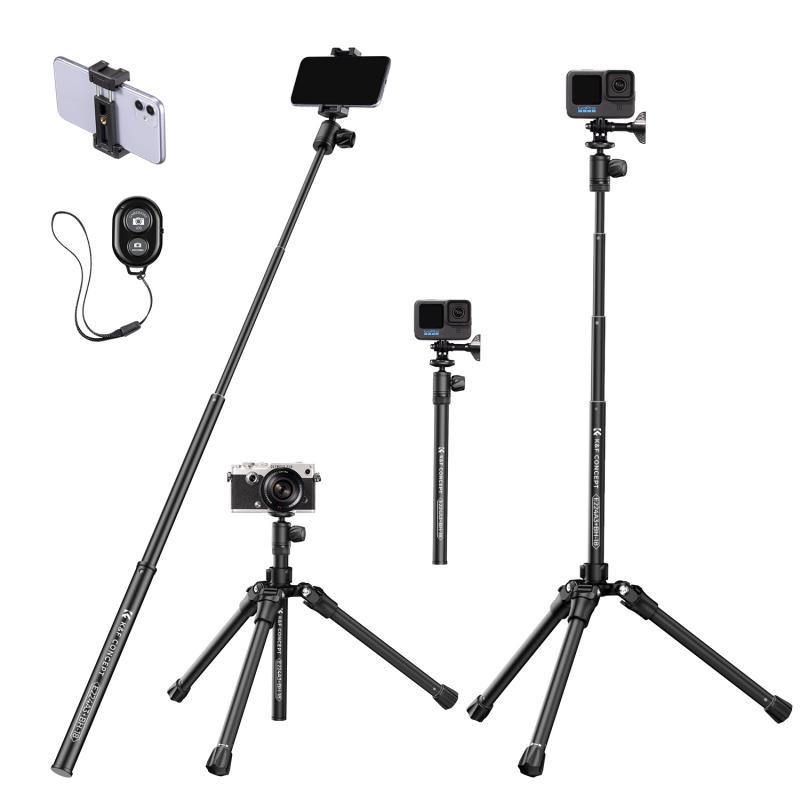
4、 Capturing unique perspectives and angles with the camera stick
Capturing unique perspectives and angles with a camera stick has become increasingly popular in recent years. A camera stick, also known as a selfie stick or monopod, is a handy tool that allows you to extend the reach of your camera and capture shots from different angles. Whether you're a professional photographer or an amateur enthusiast, using a camera stick can add a new dimension to your photography.
To use a camera stick, start by attaching your camera securely to the mount at the end of the stick. Make sure it is tightly fastened to avoid any accidents. Next, extend the stick to your desired length, keeping in mind the stability and balance of the camera. Many camera sticks come with adjustable lengths, allowing you to capture shots from various distances.
Once your camera is attached and the stick is extended, you can experiment with different angles and perspectives. The camera stick enables you to capture shots from above, below, or at eye level, providing a fresh and unique point of view. You can use it to take stunning aerial shots, capture wide-angle landscapes, or even shoot self-portraits with a larger background.
Moreover, the latest camera sticks often come with additional features such as Bluetooth connectivity or remote controls, allowing you to trigger the camera shutter wirelessly. This feature is particularly useful for capturing group photos or for taking shots in hard-to-reach places.
In conclusion, using a camera stick opens up a world of possibilities for capturing unique perspectives and angles. It allows you to explore different vantage points and add creativity to your photography. So, grab your camera stick, extend it to the desired length, and start capturing stunning shots from new and exciting angles.




